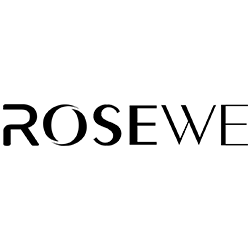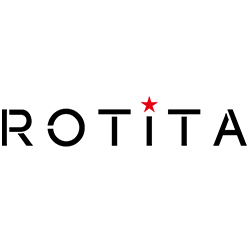Earlier this spring, the city’s confirmed new case rates climbed above those of the U.S. Then, on May 3, San Francisco’s case rate doubled that of the U.S. As of May 10, the national daily case rate was at about 23 new cases per 100,000 people, whereas in S.F. the rate was at 42 per 100,000, according to data from the New York Times analyzed by The Chronicle.
Peter Chin-Hong, an infectious disease expert at UCSF, said that San Francisco’s current high case rates are likely due to the city being relatively protected from the disease for the last two years, combined with city residents taking more risks as local pandemic-era restrictions and messaging wane.
“You can only protect yourself for that long,” Chin-Hong said. “Once people get tired or fed up for various reasons, and you move around, you’re going to put yourself at increased risk.”
Because San Francisco did such a good job preventing its residents from infection for most of the pandemic, he explained, fewer San Franciscans have acquired immunity from prior disease, so they are overall more likely to catch COVID-19 right now than other residents of other cities.
And while a greater share of San Franciscans are vaccinated than the U.S. as a whole, the COVID-19 vaccines have become less effective at preventing infections as coronavirus strains have mutated, he added.
While a COVID-19 surge is never good news, Chin-Hong said that so far, at least, the increase in case rates hasn’t led to a large corresponding increase in hospitalization — likely because of how many San Franciscans are vaccinated and boosted. Vaccines may have become less effective against infection protection as the virus mutates, but they’re still excellent at preventing severe illness and death.
“If I had to choose one evil over the other, hands down I’d choose people not getting really sick,” Chin-Hong said.
Hospitalizations have increased in San Francisco since April, but are still far below that of previous waves, according to city data. The city’s average hospitalization rate as of May 9 was 6.4 per 100,000 people, higher than the current U.S. rate of 4.5 per 100,000 but a smaller gap than what would be expected given the difference in case rates.
A similar phenomenon is paying out within San Francisco at the neighborhood level: Right now, for the first time since the pandemic began, wealthier neighborhoods in the city have seen a sustained period of higher case rates than lower-income ones.
As The Chronicle previously reported, this is probably because previous waves, particularly January’s omicron tidal wave, gave lower-income neighborhoods an immunity boost that is helping them fight this current surge.
Susie Neilson (she/her) is a San Francisco Chronicle staff writer. Email: susan.neilson@sfchronicle.com Twitter: @susieneilson


